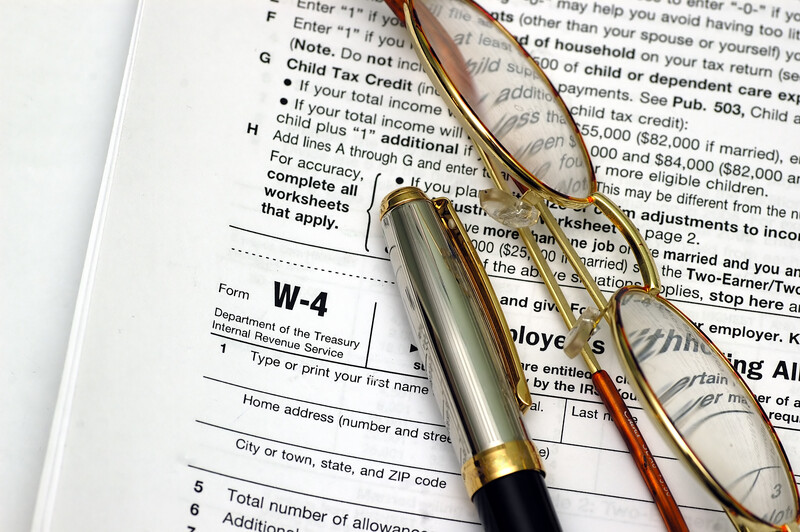With the events of the past year, the federal deadline for taxes has been postponed. In 2021, you have until Monday, May 17th, to file your taxes and make payments without incurring interest or any other penalties, no matter how much you owe. Regardless of whether you have already filed your taxes, or are waiting for the extended deadline, now is the perfect time to review your tax withholding amount. Tax withholdings can be confusing and if this is your first year paying taxes, you may be wondering how they work. Here are some basic facts that can help you determine how much you should be withholding in 2021.
A Quick Rundown on Tax Withholdings
As a taxpayer earns income over the course of the year, a certain percent is owed to the government to fund public initiatives and services and to pay government officials. Tax withholdings are a way for taxpayers to preemptively avoid a surprise at the end of the tax year by having their employer pay a portion of their wages directly to the Internal Revenue Service (IRS) every paycheck. If a taxpayer pays more than what they should have based upon their annual earnings, they will receive a tax refund when they file their taxes. Someone who estimated too low and didn’t pay their full amount owed through their withholding designation will have to pay the government the remainder. Tax withholdings are determined by a few different factors:
- Filing Status
Single
Married filing jointly/qualifying widower
Head of household - Allowances and additions — each allowance claimed reduces the amount withheld
- Additional Withholding — an amount requested by the taxpayer to increase the amount withheld to account for potential fluctuation of income.
Staying Current on Your Withholdings
The IRS recommends that you perform a “paycheck checkup” every year. If you find that your refund is smaller or larger than you expected, or discover that you owe the government money, checking on your withholding amount can help you get in front of potential issues before they arise.
How Your W-4 Factors In
Individuals who are self-employed, or those filing as independent contractors (a classification considered to be self-employed by the IRS), don’t have an employer to pay a portion of their wages directly to the government. But, taxpayers who are employed by a business can decide their withholding amount via their W-4.
Oftentimes, employees file a W-4 at the beginning of their employment and never look at it again. However, if you do check it regularly, you will be able to catch when a change in your income or life situation has affected your withholding amount. Employees can update their marital status, add or take away allowances, and request additional amounts be withheld in order to make sure there are no surprises when tax season arrives.
If you’d like to take a detailed look at your W-4, tax professionals here at Western Shamrock are ready to help. Contact us to schedule an appointment today.
Resources:
https://www.irs.gov/individuals/tax-withholding-estimator








